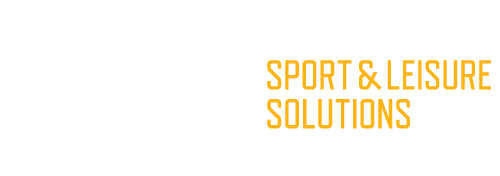
Leisure and Recreation Planning
What it’s about
Whilst a universal meaning has never been agreed, leisure is traditionally seen as the time outside of work, sleep, chores and other daily duties when free to choose an activity for intrinsic values and reasons. Recreation is the ‘freely’ chosen activities usually occurring in leisure time which generate feelings of enjoyment, relaxation, satisfaction and can be defined as active or passive.
The Leisure industry as we know it has evolved from the onset of the industrial revolution when days became structured and the differentiation between work, rest, and play more distinct. With substandard housing, public baths were provided to keep the masses clean; industrialists gave their workers ‘holy days’ as a break from work and to celebrate and worship God; public houses became places to meet, keep warm, and share stories among workers and neighbours, and the landed gentry began to open their and gardens for all to enjoy and thus becoming the parks of today.
While public intervention is different today from that of the 18th Century, the good use of leisure time brings with it many benefits that is still understood and promoted by all levels of government. These include being a valuable outlet for social integration, breaking down cultural barriers, helping reduce the impact on the health budget, assisting with inclusion, and generally being a good form of enhancing community wellbeing and providing a sense of place and belonging.
Our Approach
Leisure and recreation planning is, as its name suggests, a process whereby we gain an insight into the needs of a community for facilities, services, or assets. It’s a visionary exercise based upon latent, expressed demand, and research to include:
An understanding of leisure
A leisure policy framework
Guiding principles
Understanding the role of Council or Government agency in the provision of leisure
Trend assessment
Societal influences such as changing work and life patterns
Demographic and population profiling
Examining and auditing existing supply
Analysis of national, state, and local benchmarking for facilities and services
Understanding participation levels
Assessing gaps in the above
Looking at ‘tipping points’ for when facilities or services may be required based for future development and growth
Perceived priorities based on the areas of greatest need.
Examples of projects undertaken by One Eighty SLS in this area of our business include the following:
Aldinga Recreation Centre Needs Analysis
Clare Valley Recreation and Open Space Strategy
Gawler Aquatic Centre Needs and Feasibility Study
Holdfast Bay Sport in the Bay Needs Analysis for Sporting Infrastructure
Mount Barker Sports Facilities Needs Analysis
Litchfield Aquatic Facility Needs Analysis NT
Strathalbyn Recreation Needs Analysis
Launceston Recreation Needs Analysis TAS
Roseworthy Open Space and Recreation Needs Analysis
Norwood Payneham and St Peters Youth Recreation Needs
Glenunga Reserve Needs Analysis
Mitcham Dog Park Needs Assessment
Warren Reservoir Management Plan (RecFish SA and SA Water)
Salisbury Recreation Strategy
Goolwa Sports and Recreation Study
Mawson Lakes Recreation Strategy
SA Water Tod Reservoir Recreation Strategy

